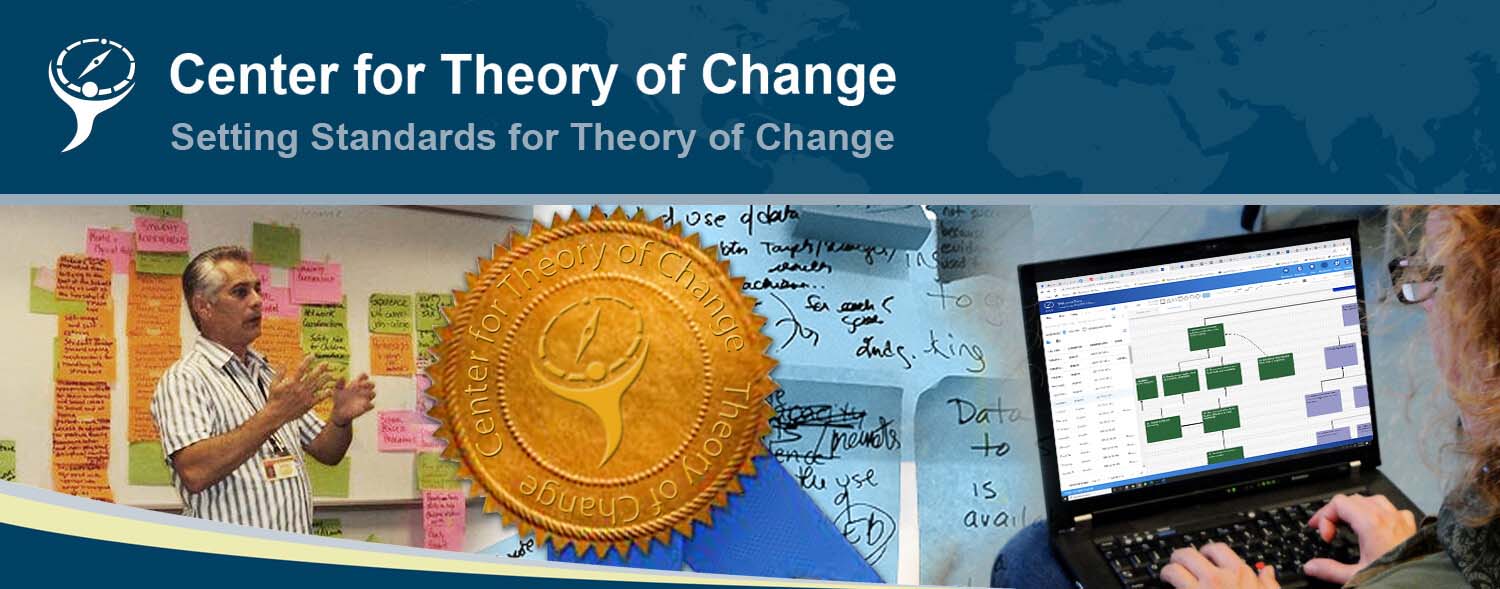Example
In this example, we will walk you through “Project Superwomen”, a real program that we worked on as evaluators. Special thanks to the Project Superwomen founders and staff for their generous permission to use their project as an example.
This example consists of six steps:
- Identifying long-term goals
- Backwards mapping and connecting outcomes
- Completing the outcomes framework
- Identifying Assumptions
- Developing Indicators
- Identifying Interventions
Before beginning the TOC process, participants think carefully about (1) their ultimate goal for the initiative; (2) their goal for how they want to use their theory (e.g. internal decision-making, on-going check-in, evaluation, reporting to donors, presentations to Board members, constituents and/or partners; (3) their resources and capabilities; (4) who should be at the table. Any or all of these may change once the process begins, but its good to think about these things at the outset.
Background
Project Superwomen is a real program that started as a collaboration between a social service provider, a non-profit employment training center and a domestic violence shelter to help female abuse survivors to create long-term, livable wage employment opportunities for women who had been victims of domestic violence. The three organizations began their program with two basic assumptions (which are integral to their theory of change):
1. Non-traditional jobs, such as electrical, plumbing, carpentry, building management provide better wages and more opportunities for upward mobility and are more likely to have unions. Therefore, job stability and good wages are more likely if women are trained in these areas.
2. Women who have been through domestic abuse need more than job training to move to economic stability. They need to develop coping skills, workplace behaviors, and have child care available. They also need to be able to manage crises in their lives and such events as court appearances and dealing with the foster care system. If these aspects of their lives are not taken into account, any job training will not likely lead to permanent employment.
The collaboration subsequently brought in ActKnowledge to evaluate the program and its design. New Destiny Housing Corporation, the lead agency for Project Superwomen, has graciously allowed ActKnowledge to use their program as an example for this website.
Note: Project Superwomen is a program. Theories of change are often used for single programs like this. However, a strength of the theory of change approach is that it can be used for initiatives that may comprise many programs and partners. For the purposes of a tutorial to convey the basic processes and concepts, we will stick with a single program.
